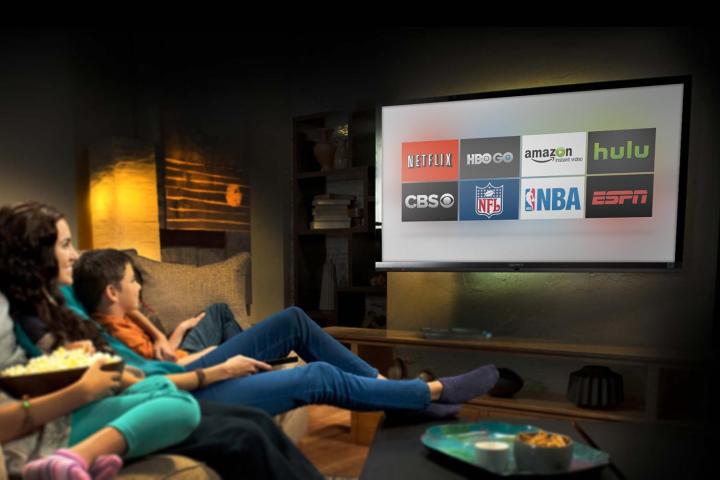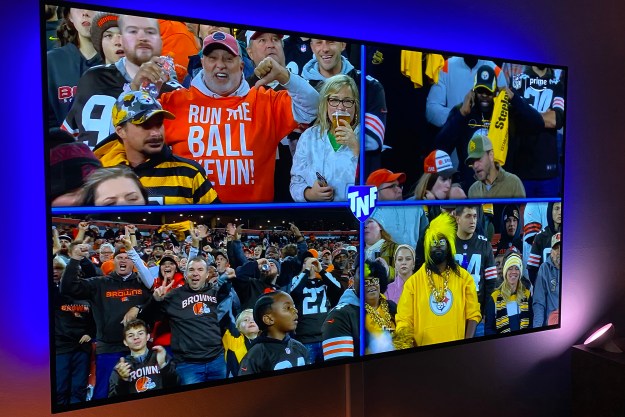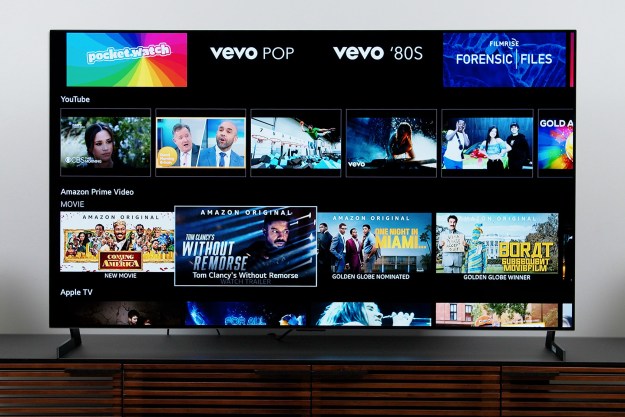
The report expects a massive 332.2 million global streaming video subscribers by 2019, up from 92.1 million in 2014. Streaming media devices such as Google’s Chromecast, Rokus, and Amazon’s Fire TV Stick are expected to drive the growth in these over-the-top (OTT) services, which includes an evergrowing field of competitors, like Sling TV, HBO Now, and Amazon Instant Video, just to name a few.
While OTT TV services are expected to grow dramatically, the report expects that consumers will view streaming video through connected devices rather than smart TVs. And there are good reasons for that. As anyone who’s compared, say, a Roku to a most smart TVs can attest, viewing from streaming devices is generally a superior experience. In addition, for a wide swath of users with older TVs, it’s a lot cheaper and easier to plug-in a $35 Chromecast or $40 Fire TV Stick into their current TV than buying the latest smart TV. Juniper’s data backs that up, noting the ubiquity of cheap streaming devices in the marketplace, and the “poor operating systems and user interfaces” of smart TVs.
As for traditional pay TV providers, the industry is beginning to feel the impact of cord cutters, spawning experimentation with different strategies to combat the loss of subscribers. Most prominently, Verizon recently launched its Custom FiOS TV packages which allows customers to begin to ‘unbundle’ basic cable subscription plans by offering smaller core channel packs, and genre-oriented bundles that can be added on. Cablevision has taken the experimentation a step further, giving its broadband-only customers access to Hulu and HBO Now. Dish Network even decided to launch its own streaming video service in Sling TV, a straight competitor to its own satellite service. Notably, all of these developments have been implemented since the start of the year.
It’s a turbulent time for both streaming video services and the cable TV industry. However, while cable and satellite providers will continue to innovate, this study is another sign that the transition from traditional TV to a world where online video platforms rule the land may happen sooner, rather than later.
Editors' Recommendations
- The 10 most popular streaming services, ranked by subscriber count
- If you have to watch one Amazon Prime Video movie in April 2024, stream this one
- These are the apps people use the most on in-flight Wi-Fi
- SportsEngine Play adds streaming video for parents and pros
- Amazon Prime Video is failing with its Thursday Night Football stream


